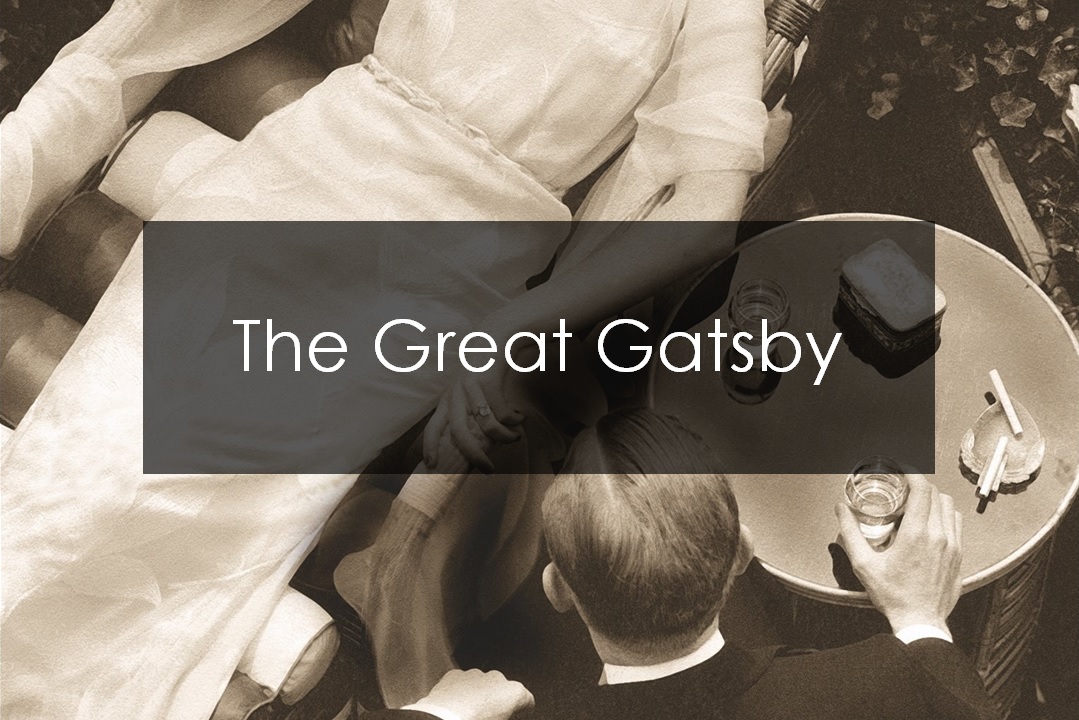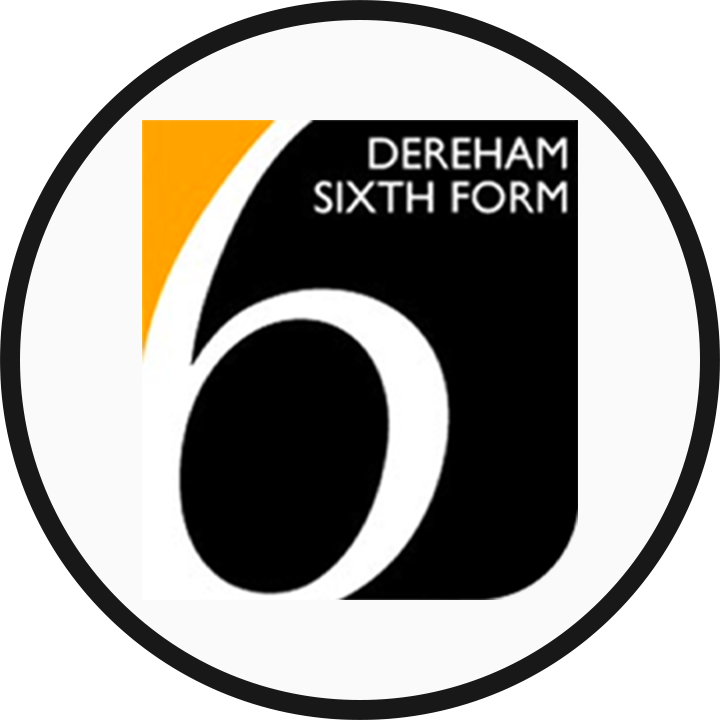McGowan, P. (2023) ‘The Great Gatsby: cars, crimes and carnivals’, English Review, 33 (4), pp.30-33.
Philip McGowan considers the themes of fantasy, technology and politics in F. Scott Fitzgerald’s famous novel.
Johnston-Jones, N. (2023) ‘The Great Gatsby and Huck Finn: who wrote this?’, Emagazine, 99, pp.6-8.
Nick Johnston-Jones asks who controls the narrative in these two iconic American novels, the authors or narrators, and what this reveals to their readers about the slippery nature of truth in fiction.
McNally, l. (2022) ‘The opening of The Great Gatsby: reading closer and closer’, Emagazine, 98, pp.30-34.
Lisa McNally shows how reading slowly and closely can pay dividents, particularly at the beginning of a novel, and especially in a novel like The Great Gatsby. She reveals how our interest can be piqued and our critical faculties put on red alert by Nick Carraway’s choice of words and seemingly contradictory statements.
McBratney, L. (2023) ‘Exam skills: classic texts, new approaches: The Great Gatsby’, English Review, 33 (3), pp.6-7.
In our series offering alternative readings to established set texts, Luke McBratney views F. Scott Fitzgerald’s classic novel through the lens of marxism. Look out for the practice exam question in this article.
Ward, A. (2022) ‘The Great Gatsby: all that jazz’, English Review, 33 (2), pp.10-13.
Andrew Ward explores how jazz influences the very fabric of F. Scott Fitzgerald’s best-known novel. Look out for the practice exam question in this article.
McBratney, L. (2020) ‘Insights: symbolism’, English Review, 30 (3), p.29.
Luke McBratney encourages you to think about symbolism, how it resembles and differs from other literary devices and why it is used by writers. He uses ‘The Great Gatsby‘ as an example.
McGettigan. K. (2020) ‘Chasing the American Dream’: ‘The Great Gatsby”, English Review, 31 (1), pp.2-5.
Katie McGettigan explores different understandings of this American ideal in the interwar context and relates these to F. Scott Fitzgerlad’s novel.
Tredell, N. (2019) ‘Reading round Gatsby’, Emagazine, 86, pp.49-51.
Professor Nicolas Tredell’s suggestions for wider reading not only give you a literary context for Fitzgerald’s novel but also throw light on the direct influences of his favourite writers and how they make their way into his work.
Green, A. (2018) ‘Fragmentation in ‘The Great Gatsby’, Emagazine, 80, pp.62-64.
Reading the novel in its modernist context allows the reader to understand more about Fitzgerald’s use of fragmented voices, complex characterisation, symbolism of broken bodies and body parts, creating an overall sense of multiplicity and division rather than wholeness.
Crow, A. (2016) Study and Revise: The Great Gatsby by F. Scott Fitzgerald. London: Hodder Education.
Grindlay, L. (2016) ‘Always the bridesmaid: Jordan Baker in ‘The Great Gatsby”, English Review, 27 (1), pp.12-15.
Lilla Grindlay explores the character function of Jordan Baker in F. Scott Fitzgerald’s novel.
Mold, S. (2016) ‘The Wizard of West Egg: sources and symbolism in ‘The Great Gatsby”, Emagazine, 74, pp.16-18.
Keats and the Romantic poets are often quoted as inspirations for Fitzgerald’s iconic novel, along with American novelists, Edith Wharton and Willa Cather. Simon Mold explores a few other influences, including ‘The Wizard of Oz’ and TS Eliot’s ‘The Waste Land’.
Page, R. (2015) ‘Highways and low roads: the automobile motif in ‘The Great Gatsby”, Emagazine, 70, pp.31-33.
Rose Page gets behind the wheel, taking one of Fitzgerald’s key motifs for a drive as well as looking under the bonnet to see how it works as part of his narrative machine.
Tredell, N. (2015) ‘From green light to green world: an ecocritical reading of ‘The Great Gatsby”, Emagazine, 67, pp.32-35.
Professor Nicolas Tredell offers an ecocritical reading of a novel more readily associated with the city, materialism and modernity than nature.
Staveley, P. (2014) ‘Fear and loathing in West Egg: identity and fulfilment in ‘The Great Gatsby’, English Review, 25 (1), pp.2-4.
Paul Staevely looks at F. Scott Fitzgerald’s presentation of the dark side of the American Dream.
Cowley J. (2012) York Notes for AS and A2: The Great Gatsby: F. Scott Fitgerald. Harlow: Pearson Education.
CGP (2011) Advanced Level English: The Great Gatsby: F. Scott Fitzgerald: The Text Guide. Coordination Group Publications.
Licence, A. (2008) ‘Jay Gatsby: martyr of a materialistic society’, English Review, 18 (3), pp.24-26.
Amy Licence considers religious elements in ‘The Great Gatsby‘.
Tredell, N. (2008) ‘Information and misinformation: narrative structure and voice in ‘The Great Gatsby”, Emagazine, 42, pp.34-36.
Nicolas Tredell author of ‘A Continuum Reader’s Guide to The Great Gatsby‘, explores the tantalising way in which Fitzgerald withholds and releases information and misinformation about his protagonist, making the process of reading a constant process of discovery and re-discovery.
Morton, D. (2007) ‘Whiteness in ‘The Great Gatsby’: perfection, purity or blankness? Emagazine, 38, pp.44-46.
Darren Morton traces the use of whiteness in Fitzgerald’s novel, revealing its associations with both purity and wealth and status.


